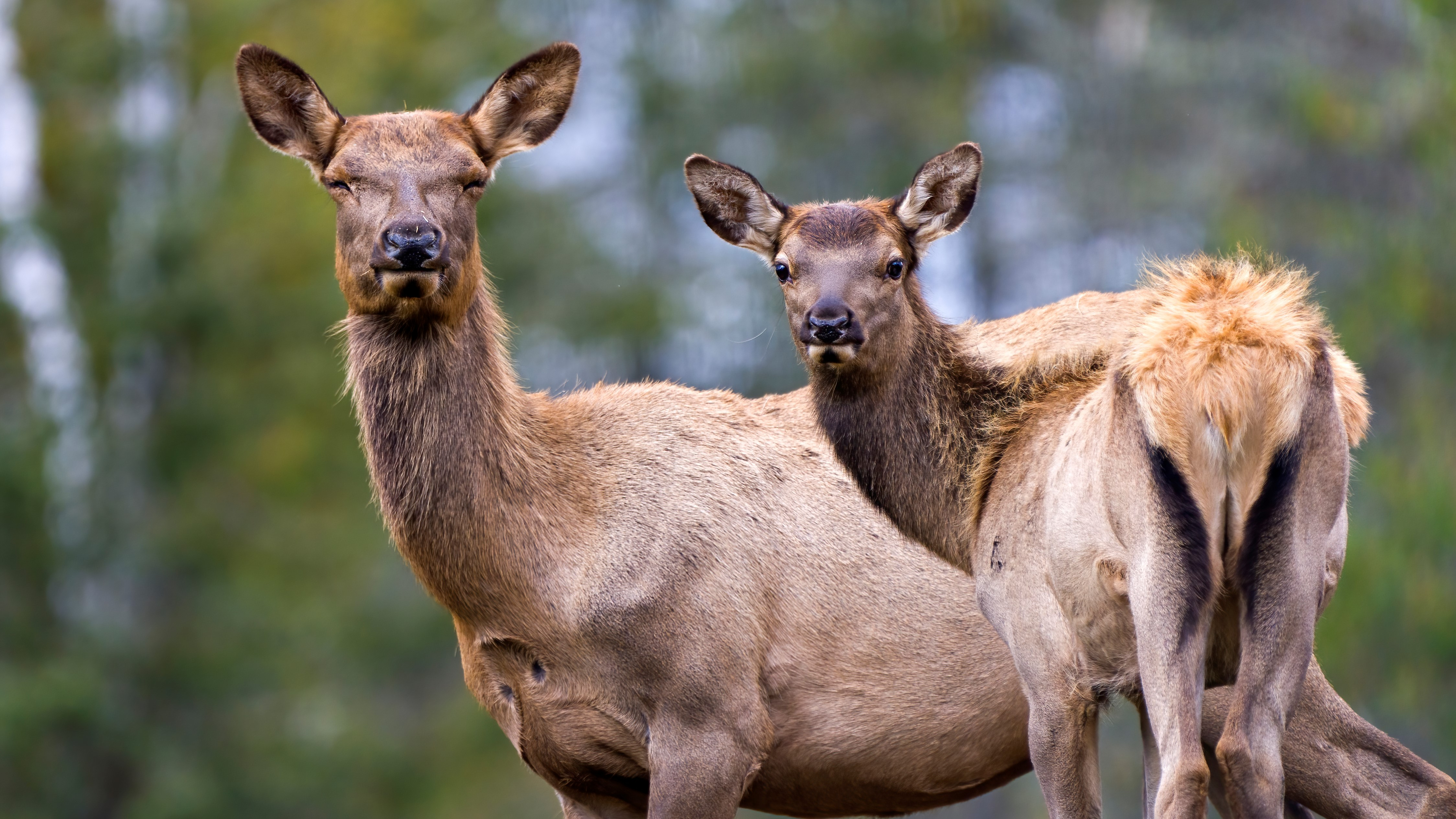
A couple had a shock last week when they stumbled across an irritable cow elk at Yellowstone National Park, and were chased right off the trail. Elk often hide their calves in long grass or scrub while they graze to protect them from predators, but are quick to charge anyone who accidentally strays too near.
The National Park Service (NPS) recently issued a warning reminding visitors not to approach or interact with wildlife after several incidents where people inadvertantly harmed wildlife. One man was fined after trying to help a bison calf that had become separated from its mother, which resulted in it being rejected by the herd and eventually euthanized after it started approaching people and cars. Other visitors drove an elk calf to a police station in the mistaken belief it had been abandoned. The calf then ran off into the woods, and its fate is unknown.
However, not all close encounters can be avoided, as this video (which you can watch below) demonstrates. It was recorded by Audra Byer and shared on Instagram account TouronsOfYellowstone, which usually calls out bad behavior at US National Parks.
Elk can easily outpace humans, and mature bulls can reach speeds up to 40mph, helping them escape predators. Their strength and height means they can also clear eight-foot fences.
They usually prefer to avoid close encounters with humans and are more likely to leave an area than attack, but like all wild animals they can be unpredictable. Males are most aggressive during the mating season (known as the rut) in the fall, while females are more likely to charge when protecting their young in the spring and early summer.
They may simply chase potential threats away, or they may knock people to the ground and attack with their front hooves, which can cause serious injuries. In 2018, two people were injured at Yellowstone within three days after stumbling across a particularly aggressive cow elk protecting her young.
"It's very common for cow elk to aggressively defend newborn calves and hide them near buildings and cars," said the NPS in a statement after the incidents. "Be extra cautious anywhere elk and calves are present: approach blind corners slowly and maintain a safe distance (at least 25 yards)."
If you're chased by an elk, you should run and try to get behind a solid object like a car or building. For more advice, see our guides how to enjoy elk rutting season safely and wildlife safety: eight tips for unexpected encounters.
- Best binoculars and monoculars: enjoy wildlife from a safe distance







